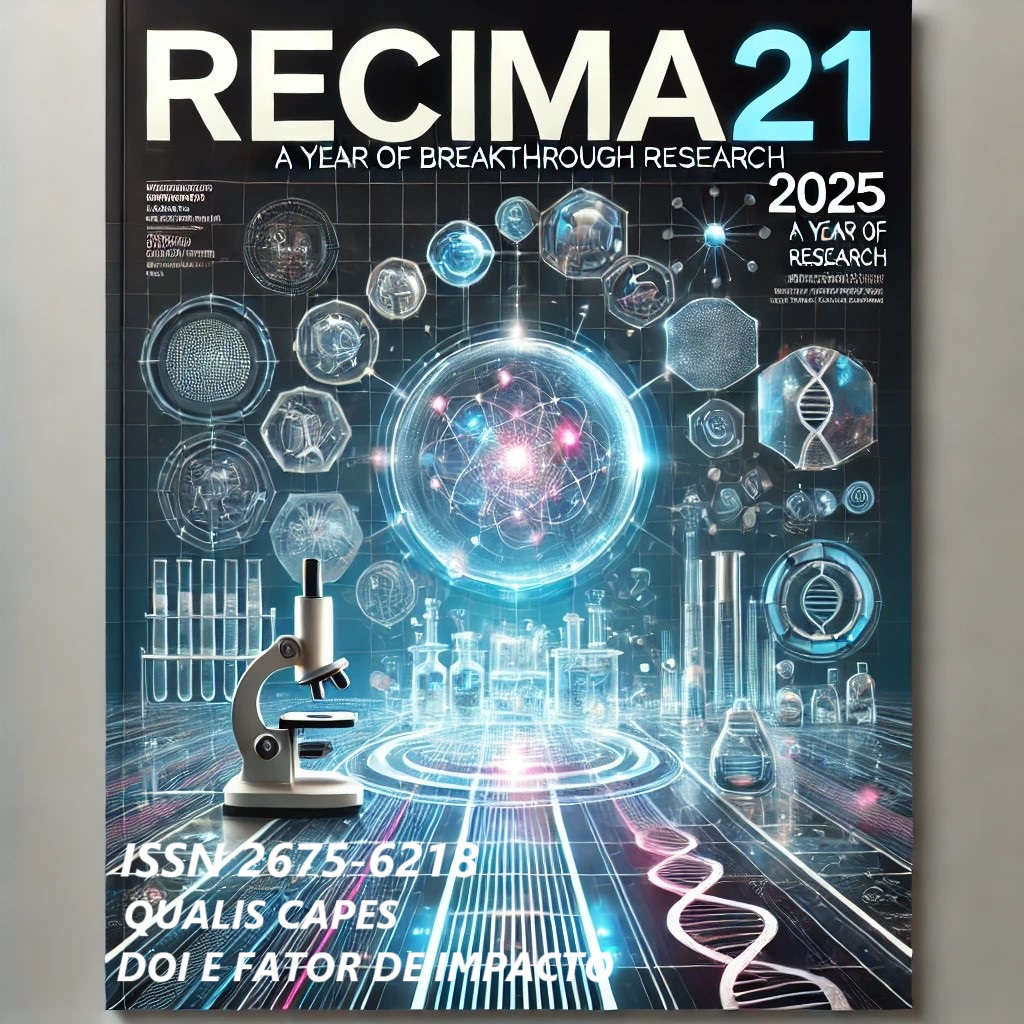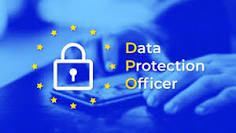SECURITY VULNERABILITIES IN IOT SYSTEMS DURING THE TRANSITION TO 5G/6G NETWORKS: CHALLENGES AND TECHNOLOGICAL SOLUTIONS
DOI:
https://doi.org/10.47820/recima21.v6i10.6908Keywords:
Internet of Things (IoT). Cybersecurity. 5G/6G Networks. Vulnerabilities. Ethical Governance.Abstract
This bibliographic research explores the context of the Internet of Things (IoT) and its critical relationship with cybersecurity in the face of the evolution of mobile communication technologies towards 5G and 6G networks. The objective is to analyze how the implementation of IoT solutions, leveraging the ultra- low latency and connection density of 5G/6G, amplifies the security vulnerabilities inherent in these devices, such as compromised Root-of-Trust attacks and large-scale Distributed Denial of Service (DDoS) attacks. It is observed that, despite the potential for service innovation in critical services (e.g., telemedicine), secure adoption faces significant barriers, such as the need for investment in edge security infrastructure, the scarcity of specialized talents, and the management of ethical and data privacy issues in massively interconnected environments. This work seeks to identify the main competitive and resilience challenges provided by the IoT-5G/6G convergence and the critical challenges that technology leaders must overcome. The methodology employed is a bibliographic review, using scientific articles, market reports, and specialized literature to support the analysis of the current and future landscape. It is concluded that proactive end-to-end security is an indispensable vector for trust and competitiveness, requiring companies not only technological investment in solutions like Artificial Intelligence (AI) for anomaly detection and Blockchain for data immutability, but also a profound cultural and strategic shift focused on governance.
Downloads
References
AL-GARADI, M. A. et al. A survey of machine learning techniques for cyber security in IoT. IEEE Communications Surveys & Tutorials, Piscataway, NJ, v. 20, n. 3, p. 2577-2601, third quarter 2018.
ANDREWS, P. V.; CHERIAN, J.; MADY, M. F. A Survey on the Use of Blockchain in the Internet of Things (IoT) Security. International Journal of Computer Networks and Communications, New Delhi, v. 14, n. 4, p. 75-87, 2022.
BOUSSAHA, H. et al. 5G/6G Security Challenges and Solutions for IoT: A Survey. IEEE Access, Piscataway, NJ, v. 11, p. 11883-11910, 2023.
BRYNJOLFSSON, E.; MCAFEE, A. The second machine age: Work, progress, and prosperity in a time of brilliant technologies. New York: W. W. Norton & Company, 2014.
DAVENPORT, T. H.; RONANKI, R. Artificial intelligence for the real world. Harvard Business Review, Boston, MA, v. 96, n. 1, p. 108-116, 2018.
MERCADO COMUM DO SUL (MERCOSUL). Lei nº 13.709, de 14 de agosto de 2018. Lei Geral de Proteção de Dados (LGPD). Brasília, DF: Diário Oficial da União, 2018.
SHAFI, M. et al. 6G Vision: A New Era of Wireless Communication. Applied Sciences, Basel, v. 10, n. 12, p. 4390, 2020.
YIN, H. et al. Security and Privacy in 5G-Enabled Internet of Things: Challenges and Solutions. IEEE Network, 2020.
Downloads
Published
License
Copyright (c) 2025 RECIMA21 - Revista Científica Multidisciplinar - ISSN 2675-6218

This work is licensed under a Creative Commons Attribution 4.0 International License.
Os direitos autorais dos artigos/resenhas/TCCs publicados pertecem à revista RECIMA21, e seguem o padrão Creative Commons (CC BY 4.0), permitindo a cópia ou reprodução, desde que cite a fonte e respeite os direitos dos autores e contenham menção aos mesmos nos créditos. Toda e qualquer obra publicada na revista, seu conteúdo é de responsabilidade dos autores, cabendo a RECIMA21 apenas ser o veículo de divulgação, seguindo os padrões nacionais e internacionais de publicação.













